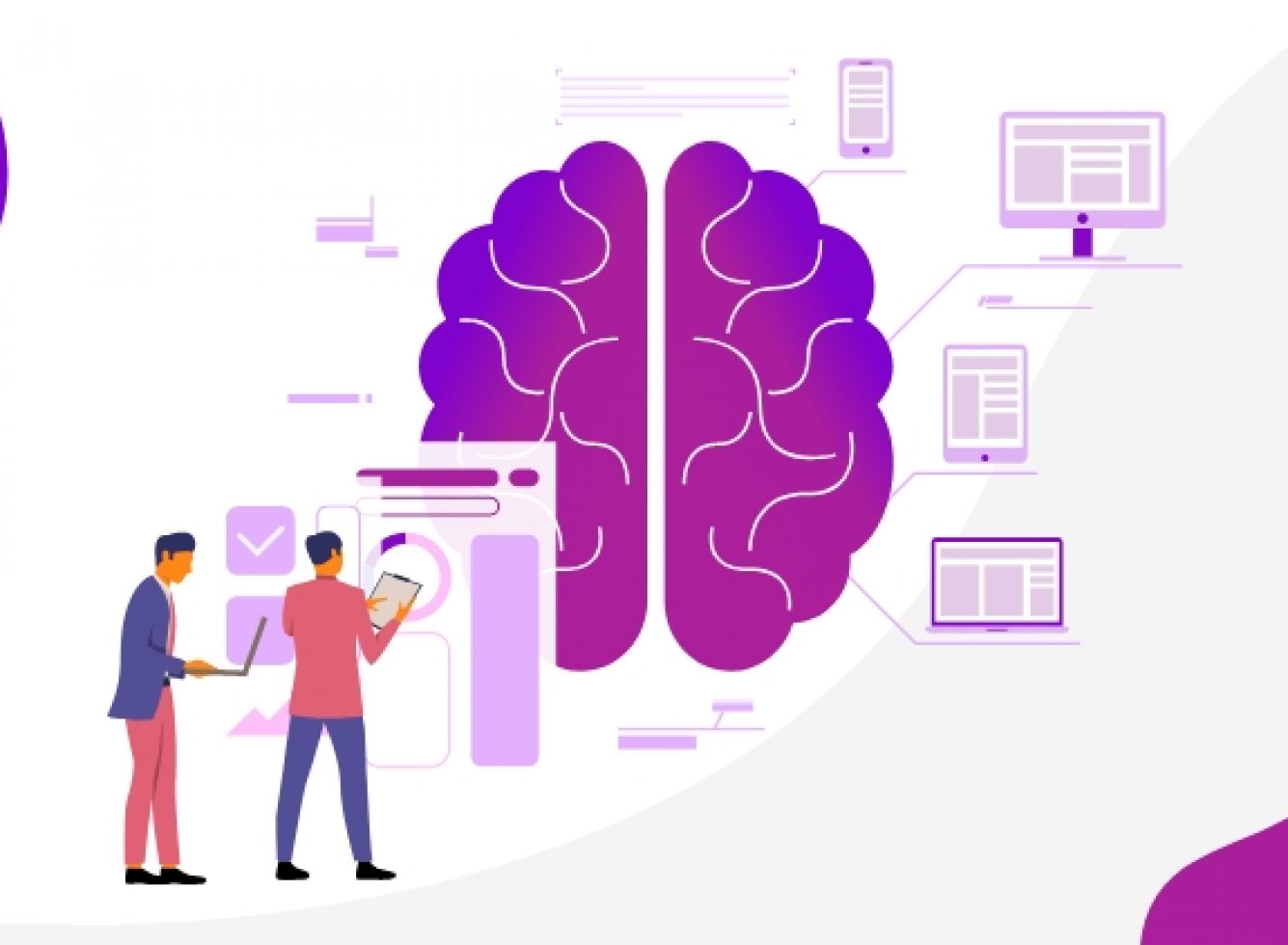A guide to Business Intelligence(BI) Solutions

‘Business Intelligence’-a buzz in the current world
Business Intelligence(BI) is a data-driven and technology-driven method of analyzing the business data and visualizing it into useful insights to further help managers, stakeholders and business leaders in easing and enhancing the corporate decision-making. BI is quite effective in making efficient and prompt business decisions as it involves the usage of significant key strategies and technologies, as in:
- Data collection
- Data cleansing
- Data churning
- Data transformation
- Data mining
- Data analysis
- Data warehouse
- Data visualization
Also, BI solutions use the historical data and daily deltas from the source to provide a fact-based decision-making. Adoption of BI solutions has grown tremendously in the past 3 years, counting it to nearly 50 percent.
Areas of interest of Business Intelligence
Though Finance sector is a pioneer in BI. However, BI is being widely used across all the industries and sectors, as in Retail, Technology, marketing, inventory, operations, sales etc., now. A quality BI solution accelerates the decision-making and provide holistic insights in one place. A BI solution can be used by everyone across the departments from the stakeholders to senior executives to project managers to sales representatives and other employees, provided, they are granted the required authorizations or access for the data suited for their respective career levels.
Illustrations of BI Solutions in the real world:
Illustration 1: A HR in a company can use BI solutions by performing data analysis on the performance of the employees and further creating Reports out of it. This can help the HR in deciding on the annual appraisals efficiently and with ease.
Illustration 2: A bank manager can use BI solutions for determining its most valued customers and figure out an approach how to work with them to enhance bank’s net revenue.
Illustration 3: A retail company can ask its IT professionals to carry out an analysis on its customers’ daily transactional data using BI solutions to determine the loyalty of its customers.
Illustration 4: A restaurant owner can use BI solutions to gather the daily statistics regarding how many customers it is receiving daily, if the count is increasing or declining and to further analyze its impact on its revenue.
Trending tools for BI in 2020
- GROW- It is a cloud-based BI platform that allows users to take control of their data and find actionable insights.
- Yellowfin BI- A single integrated solution developed for all different sector industries to ease the data visibility, in terms of accessing, monitoring and understanding data.
- Clear Analytics- A crystal clear and accurate BI system that eases large amount of data extraction from sources, further, presenting it in the forms of reports. This tool is highly in demand in the market.
- QlikView- The beautiful stories, dashboards and visualizations of QlikView makes data legible.
- Alteryx- A desktop-to-cloud Agile BI and analytics solutions offers big data and customer analytics and allows OLAP (Online Analytical Processing).
- Splunk- It helps in delivering operational intelligence to DevOps team and allows Machine Learning data accessible and valuable to all.
- IBM Cognos Analytics- This allows sharing of data-driven insights in a data-governed environment and uses creation of reports and dashboards as a part of data visualization.
- BIRT- It is a open source BI tool that consists of a run-time component for JAVA environment.
- SAP Business Intelligence- A SAP-based BI system can integrate highly effectively with any type of application, provide support for On-premise or cloud deployment and facilitates transparent and flexible BI solutions.
- MicroStrategy- This tool provides most advanced and predictive analytics and is easy to use and maintain.
- PowerBI- An open-source BI platform used to transform collected data from Datawarehouse into useful business Reports using KPIs.
- Tableau- This BI tool features One-click Rapid Reporting and supports Data exploration and visualization, beautifully.
- SAS- Providing connection between data sources and end-users, this BI tool supports metadata, governance, scalability, data visualization and provides real-time analytics to the users.
- Oracle BI- An open proprietary BI tool provides Reporting and OLAP and helps in managing the balance of business with IT collaboration.
- Sisense- Designed specifically for the newbies to the BI world, provides Ad hoc Analysis, Queries, Reports and Data visualization. KPIs, Strategic Planning are some of the key features of it.
Selecting the right BI tool for the business
Certainly, we do not have a direct approach for selecting the apt BI tool for our business and this could be quite cumbersome sometimes. However, there are a few features in BI solutions which users ought to consider before finalizing the BI tool that fits best for their requirements and business, based on the services and features they would require. These are:
- Master Data/Data Quality Management (MD/MDQ) – BI solution vendors should focus on methods for managing the data with high quality. MDQ involves all phases involved in providing high-quality data to the business users.
- Data Discovery/Visualization – Involvement of Advanced Analytics reduces the dependency on Data Scientists and decisions can made much faster and effectively.
- Self-Service BI – This improves agility and speeds up the time to insight without affecting the data quality and compromising with the data security.
- Data Governance – Process that ensures data meets all the standards and norms prior to entering the BI system. Thus, GDPR(General Data Protection Regulation) compliance data is what every firm should ensure before loading it further for analysis.
- Cloud BI/Data Management – Cloud services are blooming drastically now over on-premises services. Thus, Cloud BI is a significant option to be considered as it grants similar services with much lesser price and higher data security.
- Augmented Analytics – This process simplifies data to present clear results and provides access to sophisticated tools so business users can make the right suited decisions for their firms.
- Mobile BI – This help the firms with decision making irrespective of the locations they are based out. Thus, you can use your mobile, tablets, etc. to give better insights into business.
- Deep Learning- Powered Analytics – This is one of the areas of BI which is under future consideration and will take the market by 2023 heavily due to its advanced solution approach of data applications, using neural networks.
- Real-Time Analytics – BI with real-time analytics features can add-on to an organization’s existing BI strategy to gain new insights into data with additional and valuable information.
- Data Warehouse Modernization – As the data gets voluminous, data warehouses also should get modernized. Thus, big data urges the need to advance the Datawarehouse and hence, making it more secure and data friendly.
- Data-Driven Culture – With this approach, organizations can extract all relevant data and fully utilize their values. Deriving KPIs(Key Performance Indicators) supports the business in reaching it to the next level.
- Data Preparation for Business Users – This process helps the business in utilizing the cleansed and structured data for their analysis for make quality business decisions.
- Integrated Platforms for BI and Performance Management(PM) – Performance of any system is equally important to determine the endurance and sustainability of the BI system. Thus, platforms like Microsoft Azure are providing integrated options for BI with Performance Management that are quite effective.
- Data Storytelling – Data visualization via powerful BI tools nowadays is in high demand as its pictorial/graphical representations make the data legible in the form of Reports and Dashboards.
- Data Lake – This approach enables the usage of raw data directly from the sources before structuring and cleaning it. This is trending a lot lately as it stores all kinds of data(relational, non-relational, big data) on the same platform and enables discovery-oriented analytics.
Role of BI solutions in the business growth
Business Intelligence Solutions helps the business take the right decision because at the right data without any time-lag or much rework. It helps the corporate firms and other small business sectors in dilating their business by:
- Improvising the Market Intelligence. Many firms take their historical and daily data from various CRM, ERP, etc. data sources. Since, the data is centrally stored in one source, it helps the business to become more responsive to the market changes.
- Efficient business Model. Certainly, if we are aware of the market trends, historic growth of the firm, historic revenue generated, we can plan for a much better business model for the firm. Thus, enhancing the future revenue, eventually.
- Customization of the Strategies. BI solutions help the business in creating their own personalized business strategies, depending on the inputs of the data analysis.
- Faster decision-making. Total time for taking a quick and effective decision is almost reduced by 90% . Thus, a faster business will ultimately increase the influx of total revenues.
- Helps in capitalizing of trends. Data analytics is a key factor that helps the firms in capitalizing the latest trends in the markets to attract most of its customers.
More artifacts on BI
BI is often misunderstood with AI(Artificial Intelligence) by many.
Both, Business Intelligence and Artificial Intelligence are certainly distinct, yet, are very complementary to each other at the same time.
AI is the creation of algorithms and models that replicate a human mind, its behavior and its thought-process. It promotes the theory that human intelligence can be easily mimicked into a machine that can perform tasks of all kinds-from simple to complex. It is because of this reason how an AI can take rational and effective decisions.
Whilst, BI is the utilization of technologies, visualization tools to analyze the data to strengthen the decision-making process in a firm.
In a layman’s language, BI focusses and analyzes the historic and present data (what had been collected already) and explains the past and the current scenarios, whereas, AI focusses on the future predictions or results by calculating the behaviors from the past and the present data.
AI is now becoming more aligned towards the traditional analytics practices and firms have initiated leveraging AI to augment various business analytics and business process.
It is also forecasted that 5 years down the lane, AI, BI and ML(Machine Learning) is going to capture most of the global economic market. And this is quite evident from the fact that many companies have already started using Intelligence techniques and tools for their business expansion.
Implementation of Business Intelligent system is a real wise decision any firm can make today to flourish their business immensely and with much ease.






